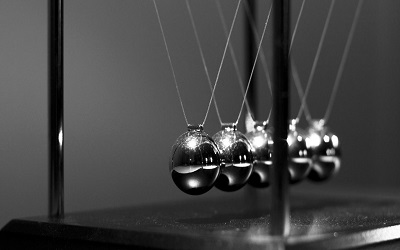在PTE中,无论是Summarise Spoken Text 还是 Re-tell Lecture的考题大都是从真实的讲座或者演讲中截取的中间经常经常夹杂很多不同的环境音.很多同学都反映有时未必是听不懂,而是听不到. 鉴于此,墨尔本悉尼文波雅思PTE专门为大家总结了真实讲座的PTE练习音频,相比新闻音频来说,整体更加接近PTE考试的真题,内容方面,我们也会为大家提供考试中存在的近似题,最近我们会持续更新,敬请期待!
This is the Tungsten Pendulum Ball. This is one of the first pieces of metal that we machined for the clock. This was made for the first prototype either as a Hoyden style pendulum or even as a torsional style pendulum. A Hoyden pendulum is the one you probably recognize as your grandfather’s style clock. We ended up using a torsional pendulum, which is a twisting pendulum. It has a hole through the center, that there is a little bump in the center. That’s actually specific to a one-second hoyden style pendulum and this particular material is probably one of the longest lasting materials that we’re using in the clock both because it’s extremely dense and heavy, almost as dense as gold or platinum would be as well as the fact it has one of the highest melting temperatures of any metal unknown. And so this particular material probably last in the hundreds of thousands of millions of years and that little bump that’s in the center being specific to this material’s expansion rate of based on temperature, actually makes it specific to one second, so an archaeologist finding this many millennia into the future might actually be able to determine our basic unit of time just from this single object alone. So as I said before, this is an extremely dense object and I have with me the aluminium version that we used to as a test piece before we made this final tungsten one. And you can see how much of an indent the aluminum makes in a pillow and this is the tungsten version.





